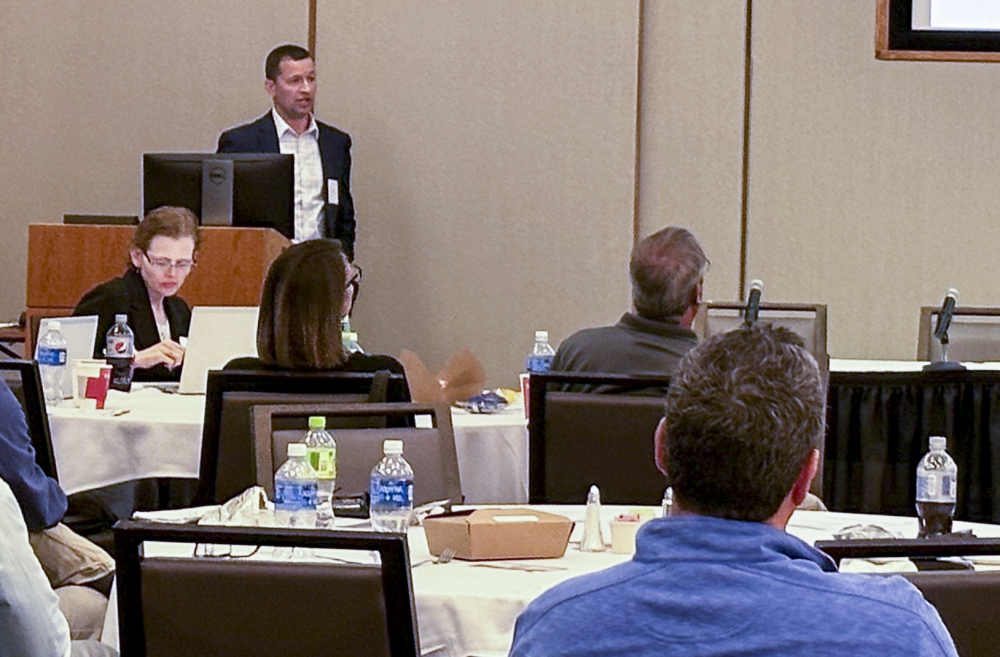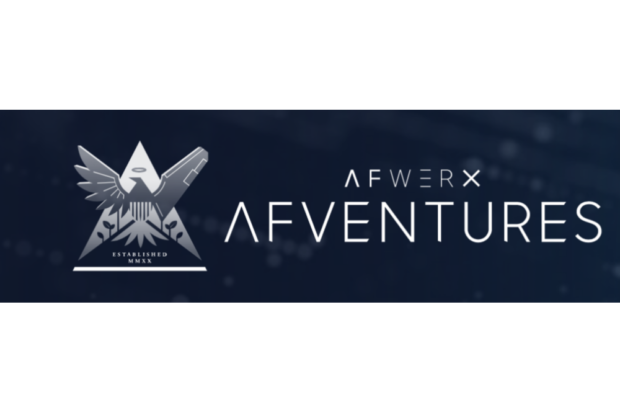, the innovation arm for the Department of the Air Force, met with entrepreneurs, educators and researchers at a recent Academia Days outreach event in Dayton, Ohio, to hear about their dual-use and defense-specific technologies.
“Some of America’s most disruptive and game-changing military technologies grew out of research from universities and nonprofit institutions,”
said Col. Elliott Leigh, AFWERX director and chief commercialization officer for the DAF.
Nearly 100 representatives from 29 of the nation’s universities as well as virtual attendees gathered to hear about innovation funding through AFWERX, the Air Force Office of Scientific Research, the U.S. Space Force, the Federal Aviation Administration and the Department of Transportation.
“It’s not just about aircraft,” Leigh said. “Just about everything you can think of, there’s an Airman somewhere who can use it to do their job better.”

Col. Elliot Leigh, AFWERX director and chief commercialization officer for the Department of the Air Force, briefs entrepreneurs, educators and researchers at a recent Academia Days outreach event in Dayton, Ohio, to hear about their dual-use and defense-specific technologies, Aug. 11, 2023. (U.S. Air Force photo by AFWERX)
The AFWERX mission is to accelerate agile and affordable capability transitions by teaming leaders in innovative technology with Airman and Guardian talent. Leigh said AFWERX can help bring together entrepreneurs, who have partnered with academic and nonprofit institutions, and funding through the Small Business Technology Transfer, or STTR, program.
The STTR program requires that a small business join forces with a university, a federally funded research center or a qualified nonprofit institution. The academic or nonprofit research institution performs 30% of the work, while a small business must perform at least 40%.
Leigh pointed to low observable, or ‘stealth,’ technology as an example of a disruptive innovation made possible by research institutions.
During the 1950s, P. Ya. Ufimtsev, a Soviet Russian physicist and mathematician, found ways to calculate the diffraction of light waves when they came into contact with certain shapes. Soviet officials, believing Ufimtsev’s work offered no military or economic value, allowed him to publish his findings as, “Method of Edge Waves in the Physical Theory of Diffraction.” While the publication received scant attention in Russia, Denys Overholser, an American stealth engineer with Lockheed’s Skunk Works, realized Ufimetsev’s methods could help conduct finite analysis of radar reflection, a critical piece to developing the F-117 Nighthawk and stealth technology as a whole.
Today, the DAF Small Business Innovation Research and STTR focus areas include artificial intelligence, machine learning, small unmanned aerial systems, extended reality, autonomous technology, robotic-process automation, 3D printing and additive manufacturing, mental health, next-generation gaming, and other technologies.
AFWERX wants to grow its database of subject matter experts for future projects. Projects could include working closely with Spark Cells, being evaluators for new contract awards and expertise for future research and development projects.
Additionally, entrepreneurs working with AFWERX can also attend events where they will have a chance to meet with officials from the Air Force’s major commands, or MAJCOMs, and program executive offices, or PEOs. MAJCOMs and PEOs can sponsor their technology during the development and prototyping phases before possibly becoming government customers.
Information about the AFWERX SBIR/ STTR programs can be found here.
About AFRL
The Air Force Research Laboratory is the primary scientific research and development center for the Department of the Air Force. AFRL plays an integral role in leading the discovery, development, and integration of affordable warfighting technologies for our air, space and cyberspace force. With a workforce of more than 11,500 across nine technology areas and 40 other operations across the globe, AFRL provides a diverse portfolio of science and technology ranging from fundamental to advanced research and technology development. For more information, visit www.afresearchlab.com.
About AFWERX
The innovation arm of the DAF and a directorate within the Air Force Research Laboratory brings cutting edge American ingenuity from small businesses and start-ups to address the most pressing challenges of the DAF. Employs approximately 325 military, civilian and contractor personnel at six hubs and sites executing an annual $1.4B budget. Since 2019, has executed 4,671 contracts worth more than $2B to strengthen the U.S. defense industrial base and drive faster technology transition to operational capability.
Source: Press Release

